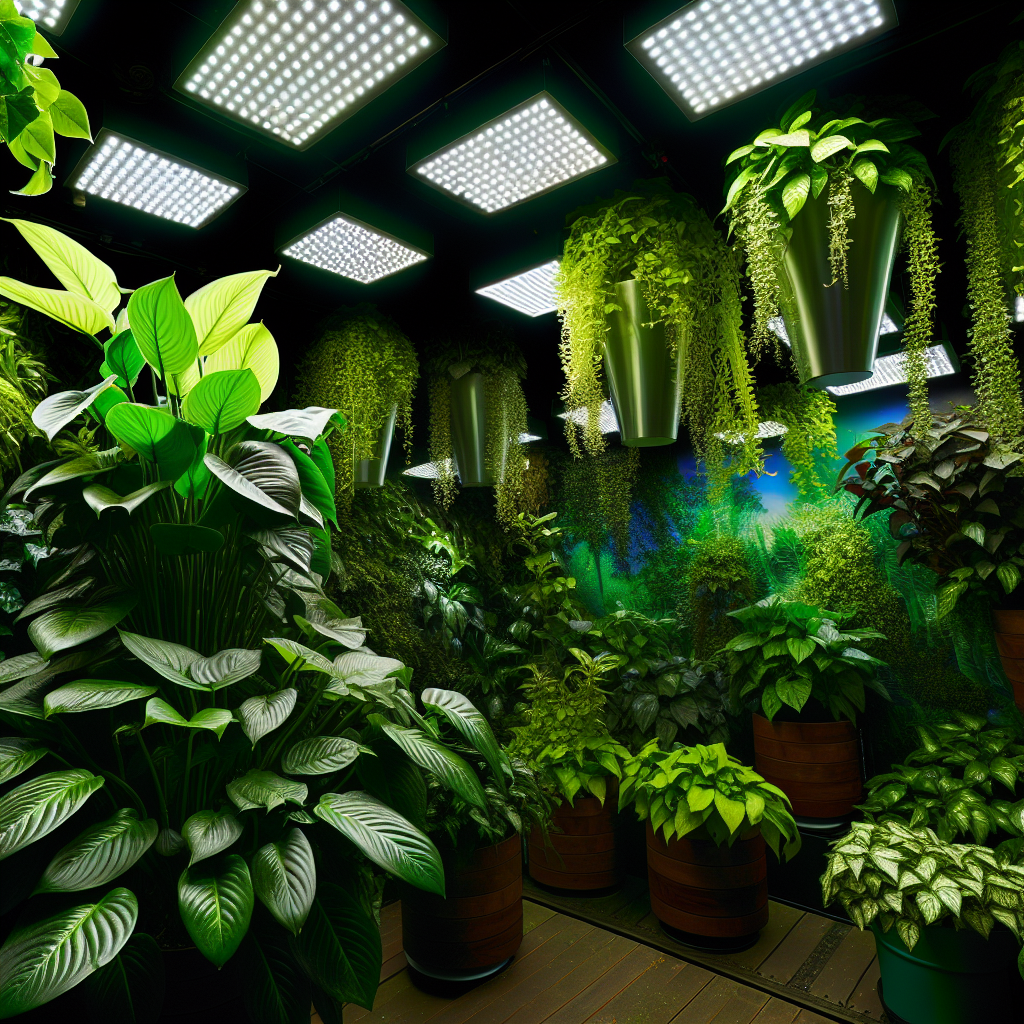Hydroponics and LED grow lights offer a modern and efficient approach to indoor gardening, providing precise control over nutrient solutions and the necessary light spectrum for optimal plant growth in a controlled environment. By combining hydroponic systems with LED lights, gardeners can maximize yield and efficiency, resulting in healthier plants and increased harvests year-round.
In recent years, hydroponic gardening has emerged as a popular and efficient method for growing plants indoors. Coupled with the advancements in LED grow light technology, indoor gardening has never been easier or more productive. In this article, we will explore the benefits of utilizing LED grow lights in hydroponic systems, the importance of nutrient solutions for optimal plant growth, how to create a controlled environment for your indoor garden, and the advantages of combining hydroponics with LED lights to maximize yield and efficiency. Whether you're a seasoned indoor gardener or a beginner looking to get started, this modern approach to gardening is sure to revolutionize the way you cultivate your plants.
- 1. "Harnessing the Power of LED Grow Lights in Hydroponic Indoor Gardens"
- 2. "Optimizing Growth with Hydroponics: Nutrient Solutions for Indoor Gardening"
- 3. "Creating the Perfect Controlled Environment for Hydroponic Gardens with LED Lights"
- 4. "Maximizing Yield and Efficiency: The Benefits of Combining Hydroponics and LED Grow Lights"
1. "Harnessing the Power of LED Grow Lights in Hydroponic Indoor Gardens"
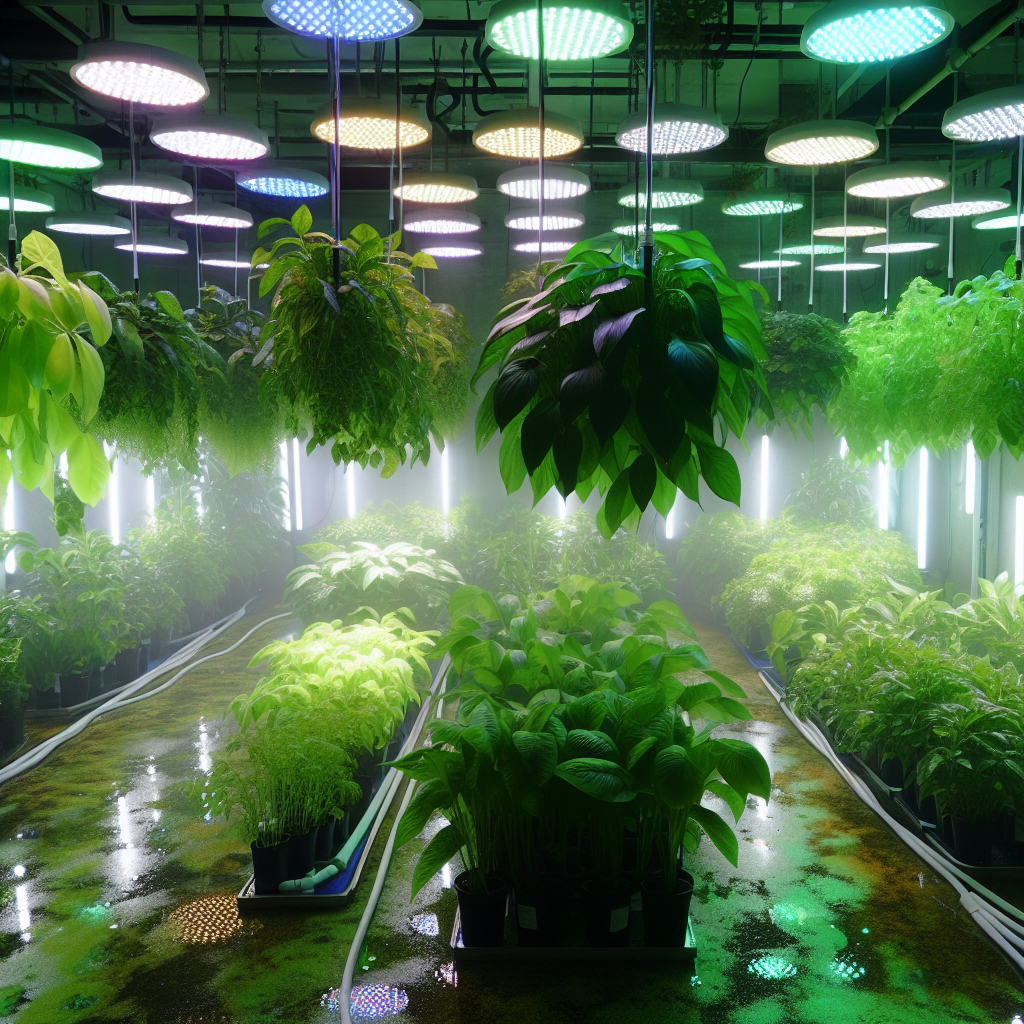
Indoor gardening has seen a surge in popularity in recent years, with more and more people turning to hydroponic systems to grow their favorite plants and herbs. One of the key components of a successful indoor garden is the use of LED grow lights, which provide the necessary light spectrum for plants to thrive.
LED grow lights have revolutionized indoor gardening by providing a more energy-efficient and effective lighting solution compared to traditional fluorescent or incandescent bulbs. These lights emit a specific spectrum of light that closely mimics natural sunlight, promoting optimal plant growth and development.
In hydroponic systems, where plants are grown without soil and instead rely on nutrient solutions in a controlled environment, LED grow lights play a crucial role in providing the necessary light for photosynthesis to occur. By harnessing the power of LED lights, indoor gardeners can ensure that their plants receive the right amount of light for healthy growth and abundant yields.
Whether you are growing herbs, vegetables, or flowers indoors, incorporating LED grow lights into your hydroponic setup is essential for success. With the right lighting and nutrient solutions, you can create a thriving indoor garden that will provide you with fresh produce year-round.
2. "Optimizing Growth with Hydroponics: Nutrient Solutions for Indoor Gardening"
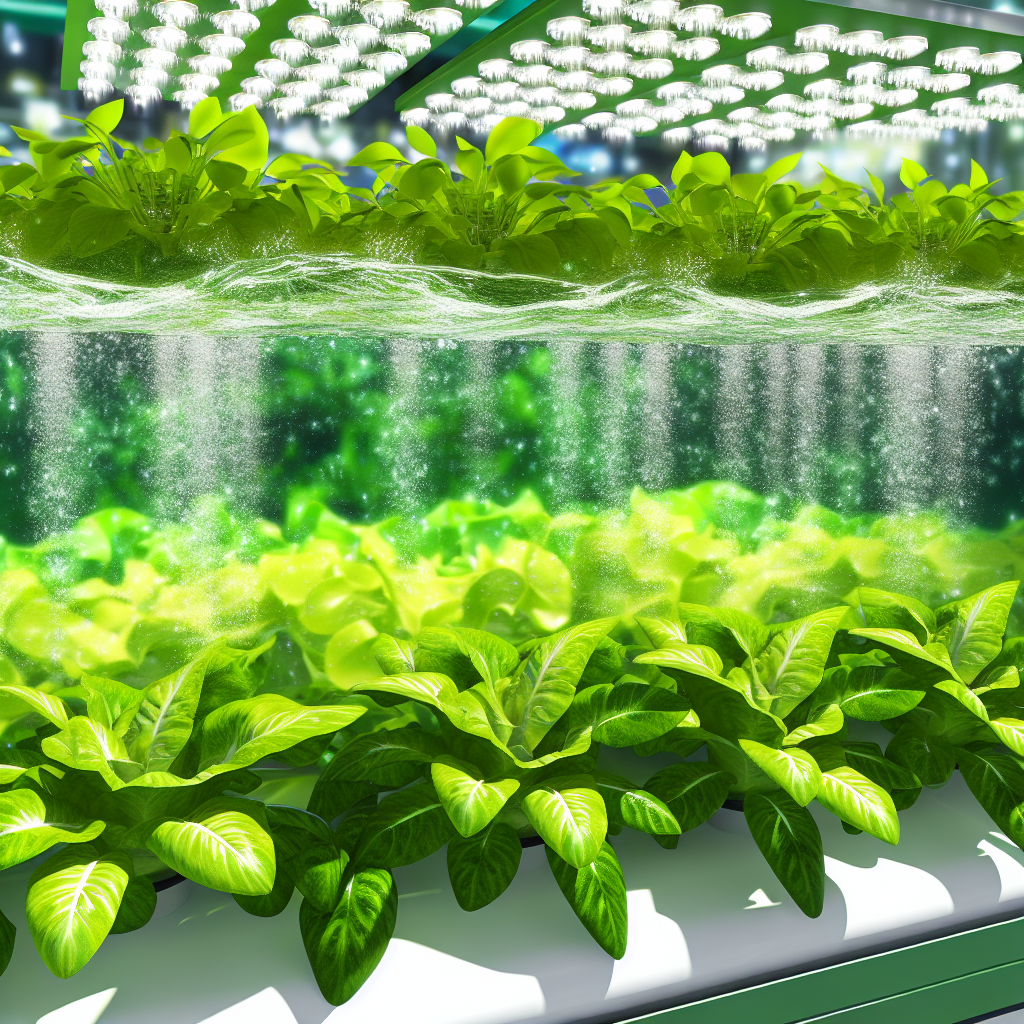
Hydroponics, when combined with LED grow lights, offers a modern and efficient approach to indoor gardening. One key aspect of maximizing growth in hydroponic systems is the use of nutrient solutions. In traditional soil-based gardening, plants obtain nutrients from the soil. However, in hydroponics, plants are grown in a nutrient-rich water solution, allowing for more precise control over the nutrients they receive.
Nutrient solutions for indoor gardening in hydroponic systems are crucial for ensuring the plants receive all the essential elements they need to thrive. These solutions typically contain a balanced mix of macronutrients such as nitrogen, phosphorus, and potassium, as well as micronutrients like iron, zinc, and magnesium. By providing the right balance of nutrients, plants can grow faster and produce higher yields.
LED grow lights play a crucial role in optimizing growth in hydroponic systems by providing the necessary light spectrum for photosynthesis. When paired with nutrient solutions tailored to the specific needs of the plants being grown, LED lights can help plants reach their full potential in a controlled environment.
Overall, nutrient solutions are a vital component of successful indoor gardening with hydroponics and LED grow lights. By carefully monitoring and adjusting these solutions, gardeners can ensure their plants receive the optimal nutrients for healthy growth and abundant harvests.
3. "Creating the Perfect Controlled Environment for Hydroponic Gardens with LED Lights"
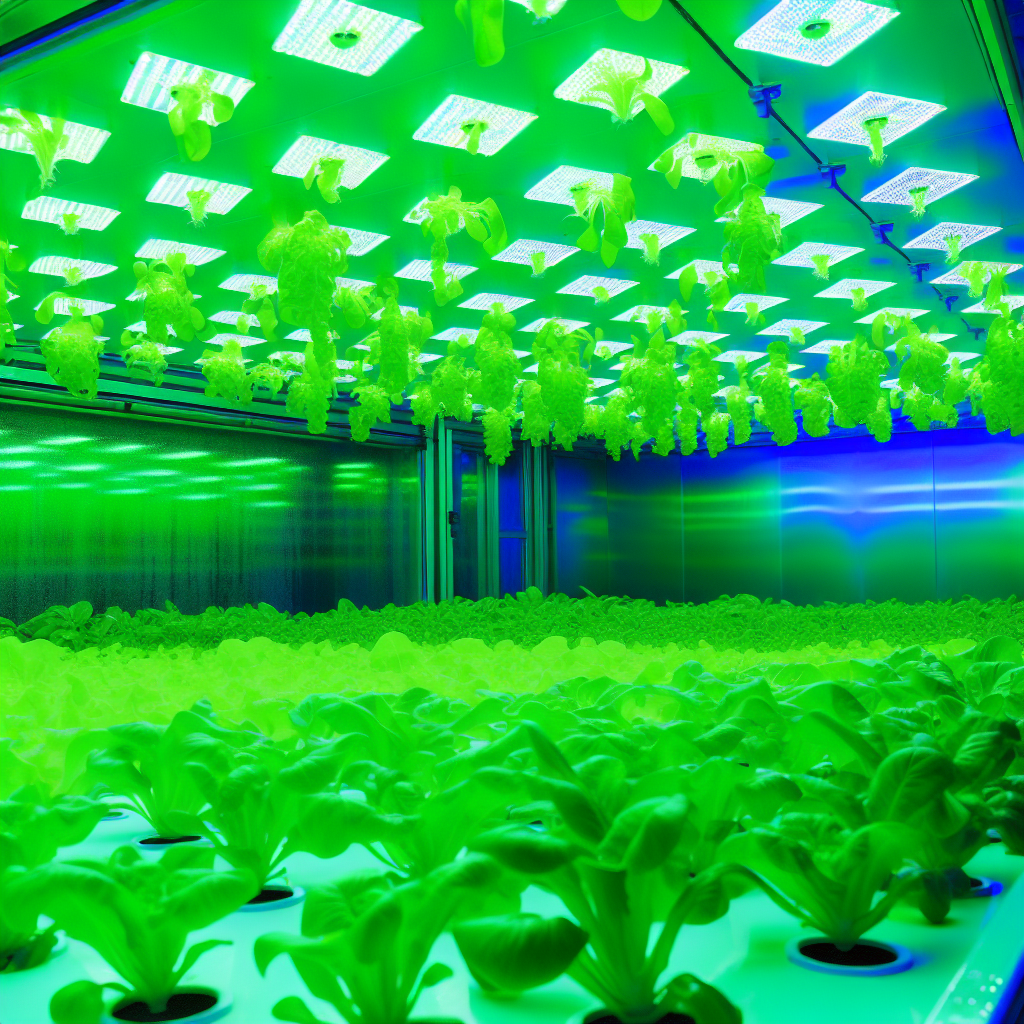
Creating the perfect controlled environment for hydroponic gardens with LED lights is essential for successful indoor gardening. LED lights are a popular choice for indoor gardening due to their energy efficiency and ability to provide the specific light spectrum needed for plant growth. When combined with hydroponic systems, LED lights can help create an optimal environment for plants to thrive.
One of the key components of a controlled environment for hydroponic gardens is the nutrient solution. Hydroponic systems rely on nutrient solutions to deliver essential nutrients directly to the plant roots. LED lights can help optimize nutrient uptake by providing the right amount and quality of light for photosynthesis. This ensures that plants receive the necessary energy to grow and produce healthy yields.
In addition to providing the right light spectrum, LED lights also generate less heat compared to traditional lighting sources. This is beneficial for maintaining a stable temperature in the grow space, which is crucial for plant growth. Controlling the temperature and humidity levels in the grow space can help prevent issues such as mold or pests, which can negatively impact plant health.
Overall, combining hydroponic systems with LED lights can create a perfect controlled environment for indoor gardening. By providing the right light spectrum, managing temperature and humidity levels, and optimizing nutrient solutions, growers can achieve successful yields and healthy plants. LED lights offer a modern approach to indoor gardening that is efficient, cost-effective, and environmentally friendly.
4. "Maximizing Yield and Efficiency: The Benefits of Combining Hydroponics and LED Grow Lights"
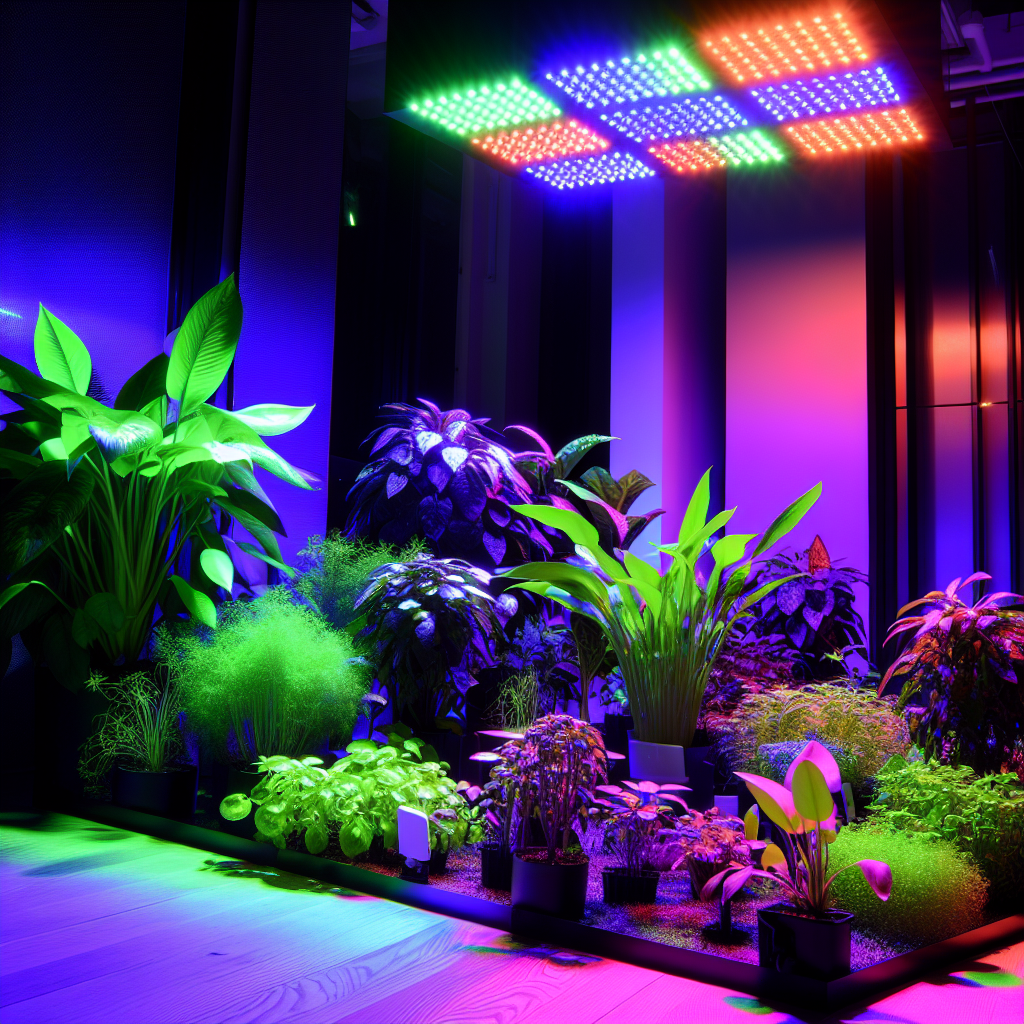
Hydroponics and LED grow lights are a winning combination when it comes to maximizing yield and efficiency in indoor gardening. By utilizing hydroponic systems, which provide plants with a nutrient-rich water solution instead of soil, gardeners can control the exact nutrients and pH levels that their plants receive. This allows for optimal growth and can result in higher yields compared to traditional soil-based gardening.
When paired with LED grow lights, which provide plants with the specific light spectrum they need for photosynthesis, the benefits of hydroponics are further enhanced. LED lights are energy-efficient and can be tailored to provide the ideal light intensity and color for different stages of plant growth. This controlled environment allows for year-round gardening and can result in faster growth rates and healthier plants.
By combining hydroponics and LED grow lights, gardeners can create the perfect environment for their plants to thrive. The precise control over nutrient solutions and light levels leads to increased efficiency and higher yields. Whether you are growing herbs, vegetables, or flowers indoors, this modern approach to gardening is sure to produce impressive results.
In conclusion, the combination of hydroponics and LED grow lights offers a modern and efficient approach to indoor gardening. By harnessing the power of LED lights and optimizing growth with nutrient solutions, gardeners can create the perfect controlled environment for their plants. This innovative method not only maximizes yield and efficiency but also allows for year-round gardening regardless of external conditions. With the growing popularity of hydroponics and LED lights, indoor gardening enthusiasts can enjoy a sustainable and productive way to cultivate their favorite plants. Embracing this technology can lead to healthier and more abundant harvests, making it a worthwhile investment for anyone looking to take their gardening to the next level.


